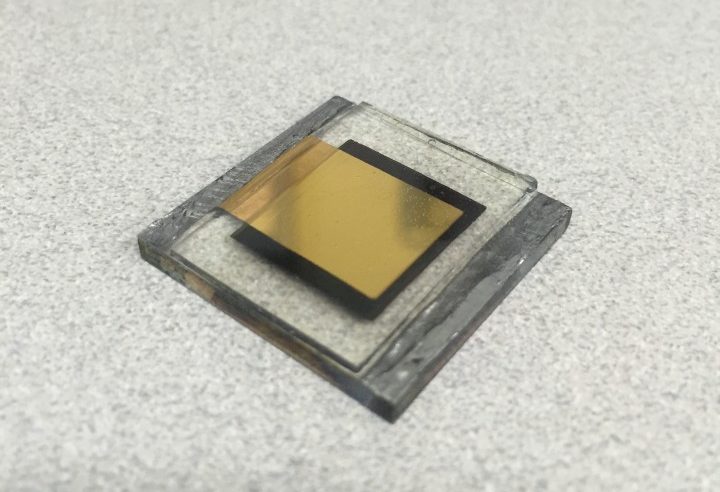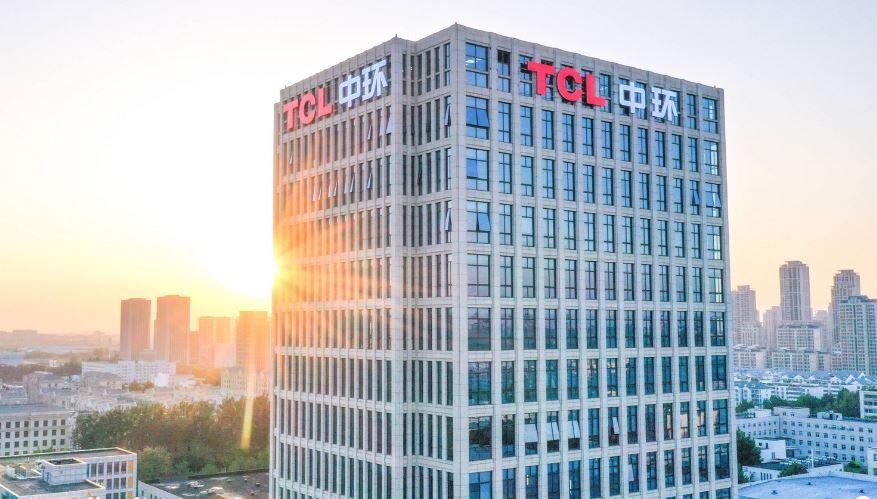A team of scientists at UNIST has developed a new method for production of inorganic-organic perovskite solar cells, which has achieved record efficiency levels of 22.1% in small cells and 19.7% in cells measuring 1 square centimeter. These efficiencies have been officially confirmed by the U.S. National Renewable Energy Laboratory.
The research, published in renowned journal Science, addresses the concentration of deep level defects in the formation of perovskite layers. These defect states can reduce cell performance by decreasing open circuit voltage and short circuit current density.
The team of scientists working on perovskite solar cells using lead halide absorbers found that through careful control of the growth conditions, and the addition of iodide ions to the organic solution used to form the perovskite layers, the concentration of deep level defects could be decreased, allowing for the fabrication of the high efficiency solar cells.
“The key to manufacturing high-performance solar cells is to reduce defects in materials that generate energy loss when converting sunlight to electricity,” says UNIST Professor of Energy and Chemical Engineering Sang-Il Seok. “Our study presents a new method that suppresses the formation of deep-level defects, thereby setting a new record efficiency for perovskite solar cells.”
Thanks to their well-known potential for efficiencies in excess of 30% using low cost materials, perovskites are a highly popular area of research in solar. With this research, UNIST did not provide any data regarding the cells stability or performance over time – which have represented a major roadblock for perovskite research in the past. However, organic/inorganic cells produced by the institute back in April 2017 were said to retain 93% of initial performance after 1,000 hours of light exposure.
Professor Seok went on to state that UNIST’s latest breakthrough “will accelerate the commercialization of low-cost high-performance perovskite cells.” Given the size of the cells, and the absence of stability data, however, this remains to be seen.
This content is protected by copyright and may not be reused. If you want to cooperate with us and would like to reuse some of our content, please contact: editors@pv-magazine.com.




It’s not obvious that perovskite cells or cell layers need to be as stable as silicon to gain acceptance. Consider a tandem cell with a top layer of perovskite that lasts 10 years and a bottom silicon layer that lasts 30. The second 20 years would presumably be at lower efficiency than an all-silicon cell. But the economics depends on the specific numbers in the equation.